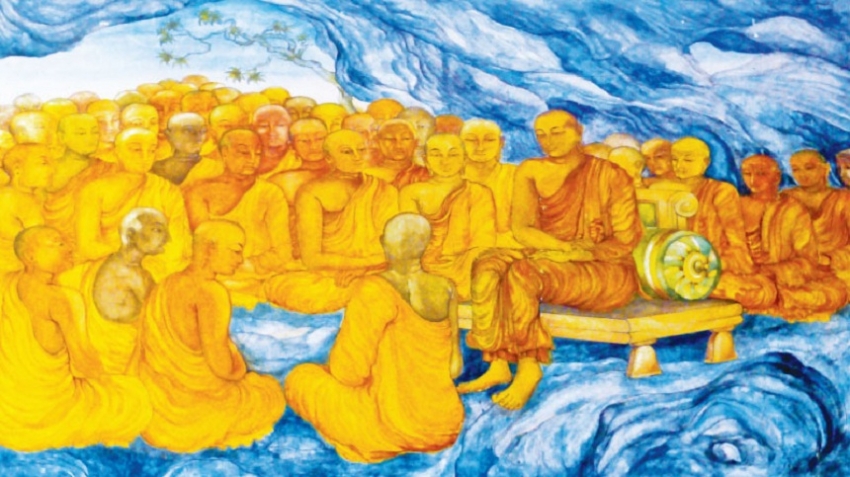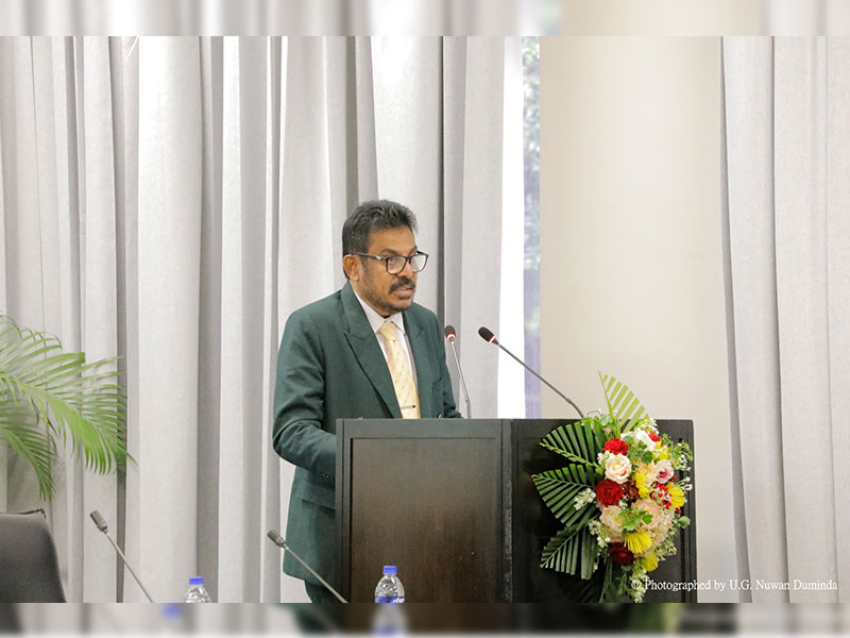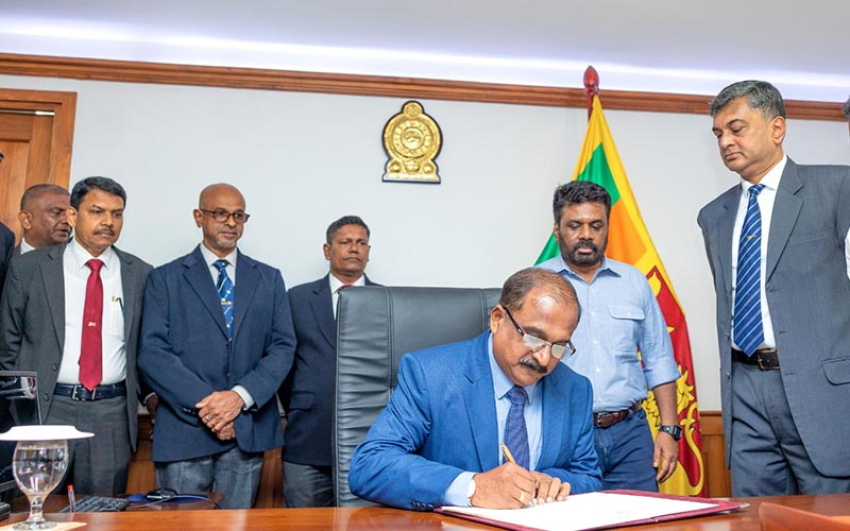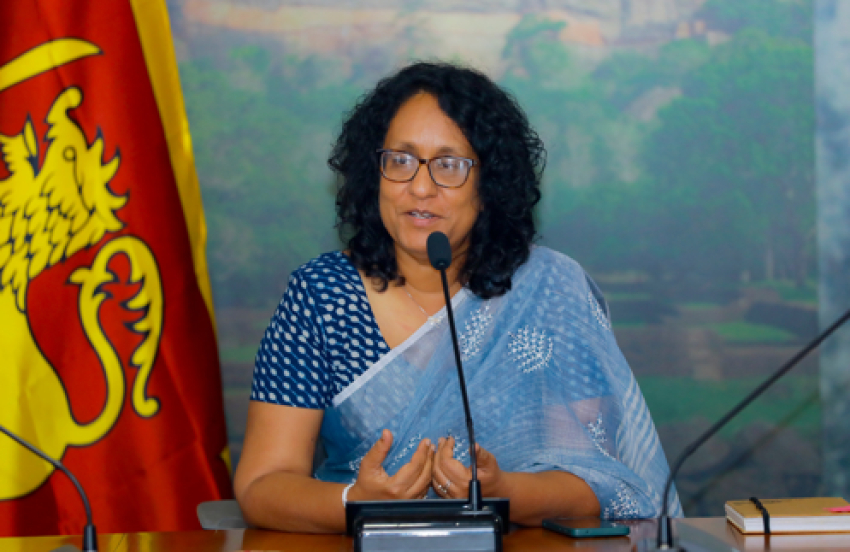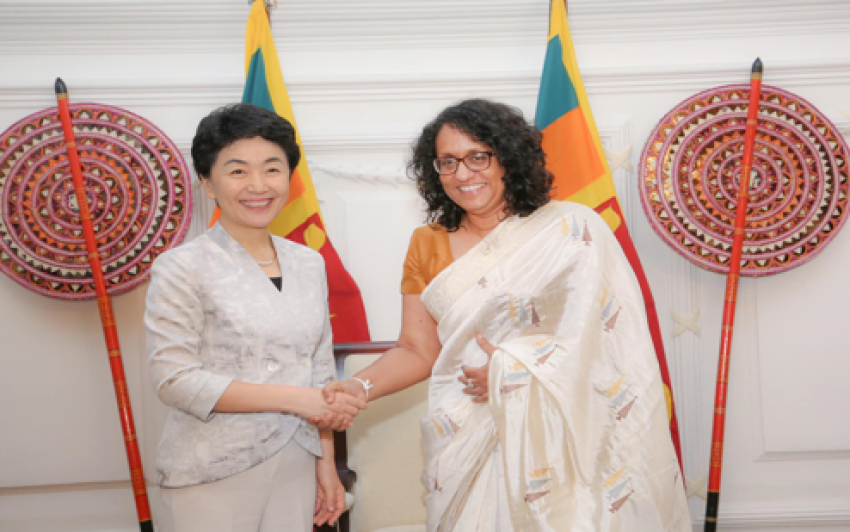Immediately after the Buddha’s death, a monk named Subaddha cried out that they don’t need to worry about discipline any more. This Subaddha should not be misunderstood with the other monk who was ordained at the old age.This was a clear indication that there was some unrest in the monk order. The monk order had the royal patronage and received a warm welcome whenever they went on alms. Like today some people must have entered the monkhood for the sake of benefits and perks. The monks in the urbanity lived a luxurious life.
This luxurious life was much criticized among other sects of religion. Emperor Asoka’s brother Veethashoka was an ardent follower of Jainism and did not have a good opinion about the Buddha’s disciples. He always cited that the Buddhist monks had all royal luxuries.This fell on the emperor’s ears too. Asoka had a plan for his brother. While Veethasoka was dallying with his mates, the minister approached him and said that its time he should practice the kingship. Veethasoka was not interested. But the minister insisted that as the brother of the emperor he should be ready to take over in any case of emergency.
Veethasoka was forced to sit on the throne. That’s when the emperor approached and saw his brother on the throne. This led him to rage and ordered execution immediately. Veethasoka was helpless, and within a few moments, the emperor said he would lessen the punishment.He will be given seven days of the kingship before the execution. During the period, he will be getting every benefit an emperor is entitled to. Veethasoka, though he had every power and things, was not happy even for a single moment within his seven days. Upon the completion, Asoka asked his brother if he enjoyed the royal perks. Veethasoka said he didn’t enjoy it even a single moment, for the fear of death. Asoka then said there was no plan to behead him, but that was carried out to show that though monks live in royal luxuries they constantly have the fear of death. That’s no comfort then, the emperor said.
The discipline of Buddhism has been such. The Buddha always encouraged the middle path, though this itself is difficult to understand. This kind of discipline did not appeal to some monks who ordained for benefits. The Buddha instructed that his teachings will be the teacher following his death.The only way to preserve Buddhism was to protect the teacher - the teachings, in this case. But teachings were not arranged into one place. The Buddha had taught on many occasions. That teaching had to be assembled. This is how the first Dhamma convention starts.
Monk Ananda was only Sotapanna when the Buddha passed away. That became an issue when the first Dhamma convocation was to be held; it comprised only of arahants. When the scripts state monk Ananda became an arahant just the night before the convocation, it seems a little unbelievable. But it can be so since the monk has already entered the path.Even before the lapse of three months, Buddha’s teachings faced the threat of being shattered. Many attempted to infiltrate and misinterpret the teachings. The first Dhamma convocation had to come to pass on Nikini Poya, thought Arahant Maha Kassapa.Subaddha’s remark was the immediate thing that signalled a disaster – something really to mourn over. Many non-arahants including Ananda genuinely lamented.
The need for convocation was bad because the teachings were facing threats even during the Buddha’s life. His cousin Devadatta caused ripples by trying to introduce new amendments.Arahant Maha Kassapa spent most of his life in the forest, mainly because he did not want to be mistaken as the Buddha: they had similar physical features except that the Buddha was four inches taller. Apparently, as an arahant, he did not mourn the passing away but was concerned about arrangements. He had to shoulder many responsibilities as he was the third chief disciple of the Buddha: the two chief disciples, Sariputta and Moggallana, had passed away before the Buddha. The convocation was his brainchild.He must have been sure about monk Ananda’s capacity of achieving the arahanthood when he handpicked only 499 arahants for the convocation. The event occurred in the city of Rajagaha in Magadha state.
onk Ananda’s role was significant not merely because he was the Buddha’s chief attendant, but he had a powerful memory of the teachings. In addition, he enjoyed good intelligence and common sense.The Buddha praised him when he delivered a sermon to King Mahanama eloquently. As the chief attendant, his service was unsurpassable. He nearly sacrificed his life to elephant Nalagiri, who came to attack the Buddha under the Dutch courage. This must have been the sole reason – that he led an extremely busy life - monk Ananda could not concentrate on further mental developments.
He was struck by emotions when he heard the Buddha was about to pass away. He leaned against a column and wept silently. Consoling his chief attendant, the Buddha prophesied Ananda had done enough merits to become an arahantThe convocation was in full swing for three months. The Dhamma was classified into Sutta and Vinaya. The Sutta section contains Nikayas: Digha (lengthy), Majjhima (middle), Samyuktha (compact), Anguttara (sections) and Khuddaka (small).Monks learnt them by heart, and they were known as bhanaka. Monks were divided according to the relevant section of the Dhamma.
Arahant Ananda and followers – Digha Nikaya
Arahant Sariputta’s followers – Majjhima Nikaya
Arahant Ananda and his followers were entrusted with the responsibility for Digha Nikaya. The followers of Arahant Sariputta were entrusted with Majjhima Nikaya. Samyutta Nikaya was entrusted to Arahant Maha Kassapa and his followers. Anguttara Nikaya was the responsibility of Arahant Anuruddha and his followers. All the arahants, in general, were made responsible for the Khuddaka Nikaya. Vinaya Pitaka was entrusted to Arahant Upali Thera.
This convocation was known as Pancha Sathika Sangikthi as it was held with the participation of 500 monks who had attained arahantship

